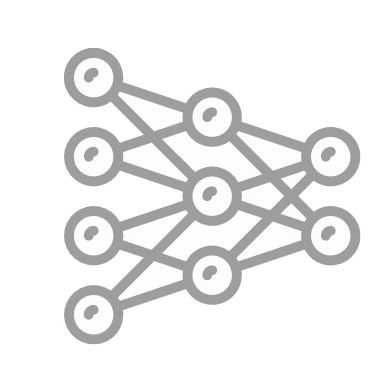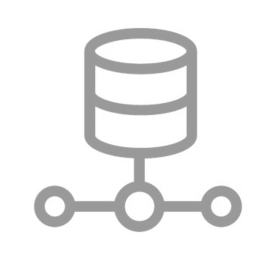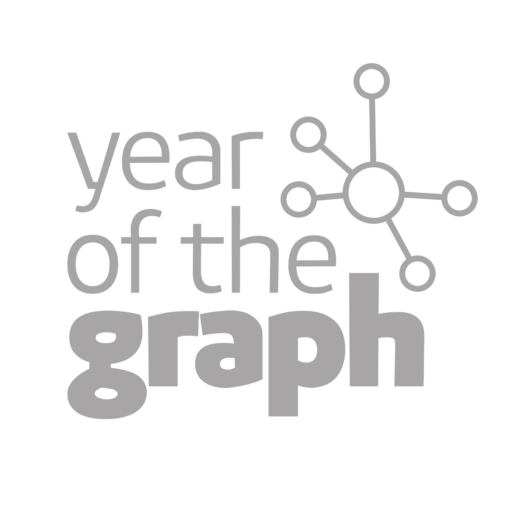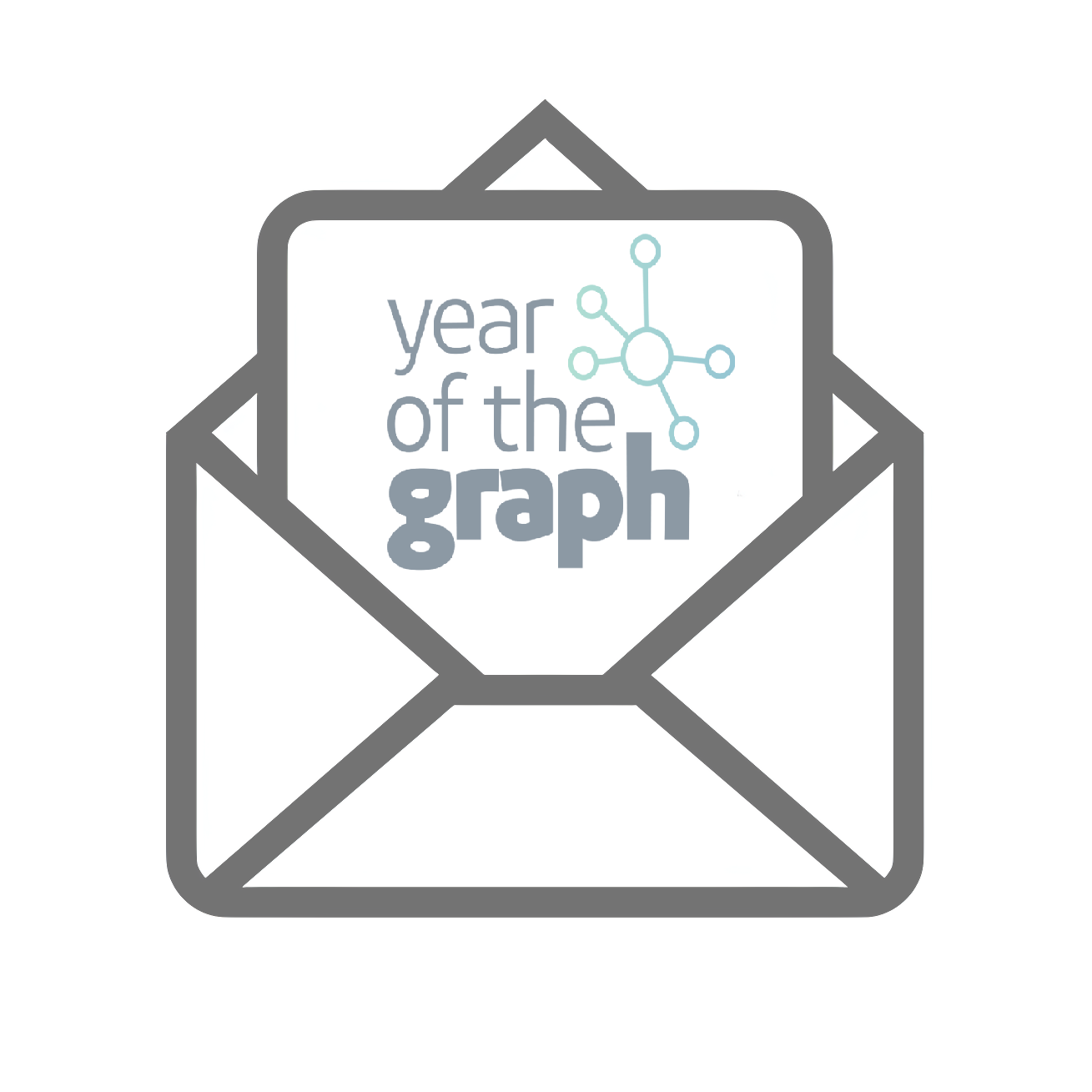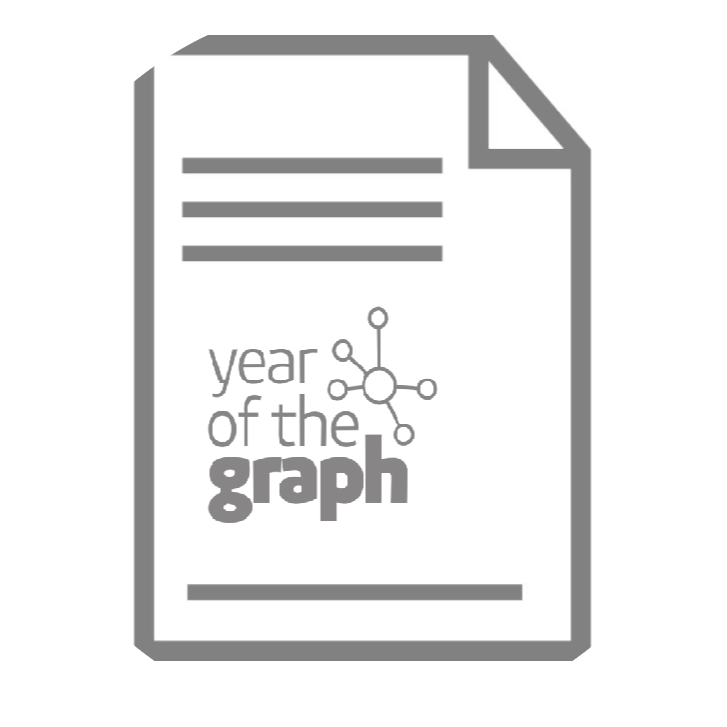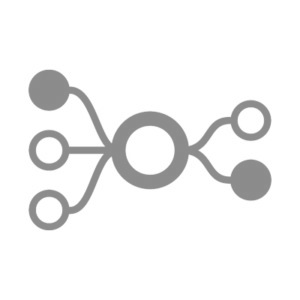
Knowledge Graphs
Knowledge graphs are a specific subclass of graphs, also known as semantic graphs. They come with metadata, schema, global identifier, and reasoning capabilities.
Knowledge Graph Definition and History
It’s understandable why many people tend to think of graph as a new technology. The truth, however, is this technology is at least 20 years old.
It has been largely initiated by none other than Tim Berners-Lee, who is also credited as the inventor of the Web. Berners-Lee published his Semantic Web manifesto in 2001.
Albeit somewhat sidelined over the years, these principles and technology are still largely behind the Knowledge Graph renaissance.
Google and Knowledge Graphs
Google played a key role in the rise of graphs, and knowledge graphs.
As the web itself is a prime use case for graphs, PageRank was born.
Despite PageRank’s success, crawling and categorizing content on the web is a very hard problem to solve without semantics and metadata.
Hence Google embraced semantic technology, and coined the term Knowledge Graph in 2012.
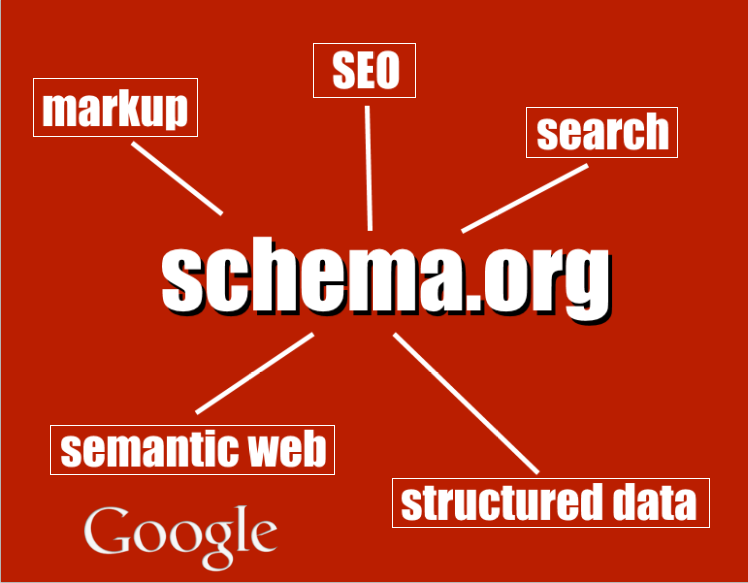
This, and the widespread adoption of schema.org that followed, marked the beginning of the meteoric rise of graph technology and knowledge graphs.
Knowledge graphs can address key challenges such as data governance and data integration.
Knowledge Graphs, Semantics, Ontologies
Knowledge graphs have been used in production for years. Organizations who adopted them are reaping the benefits.
And it’s not just the likes of Amazon, Airbnb and Netflix anymore – the wave of adoption is spreading to SMBs, too.
The Morgan Stanleys of the world are no longer afraid of managing ontologies.
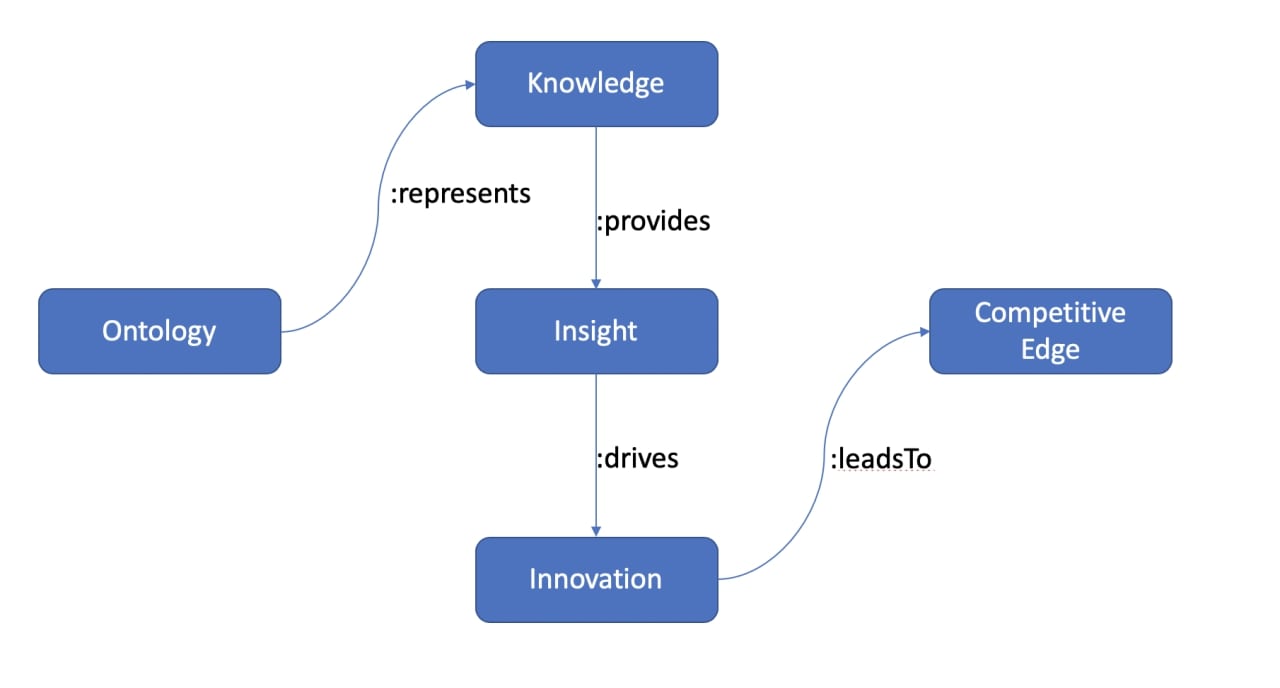
An ontology is an elaborate form of schema, helping capture the semantic relationships in various domains. Knowledge Graphs are all about semantics.
This is why another definition of Knowledge Graph is “a semantic graph that integrates information into an ontology”
